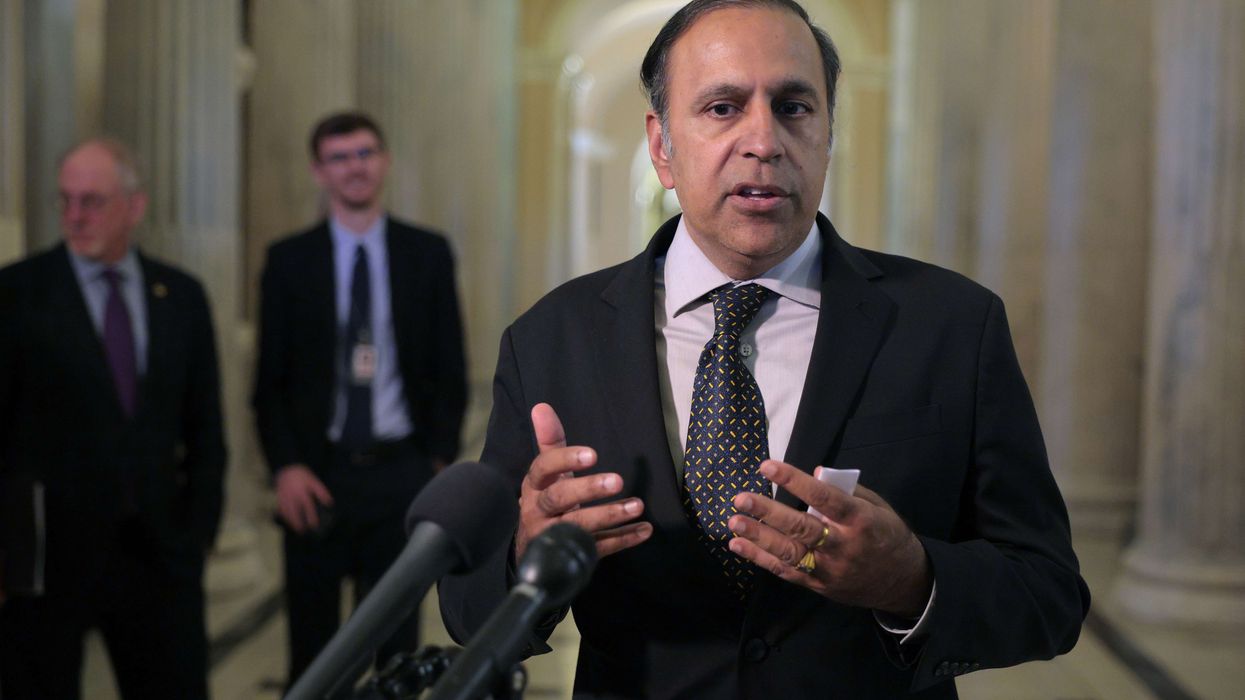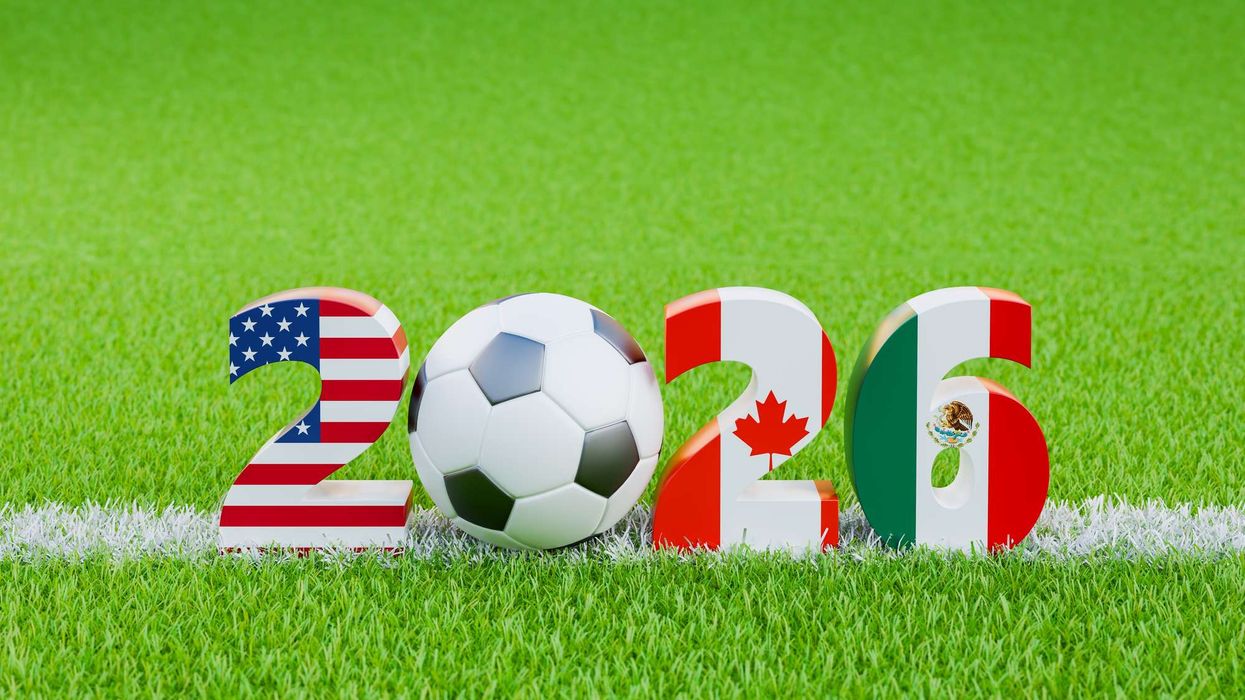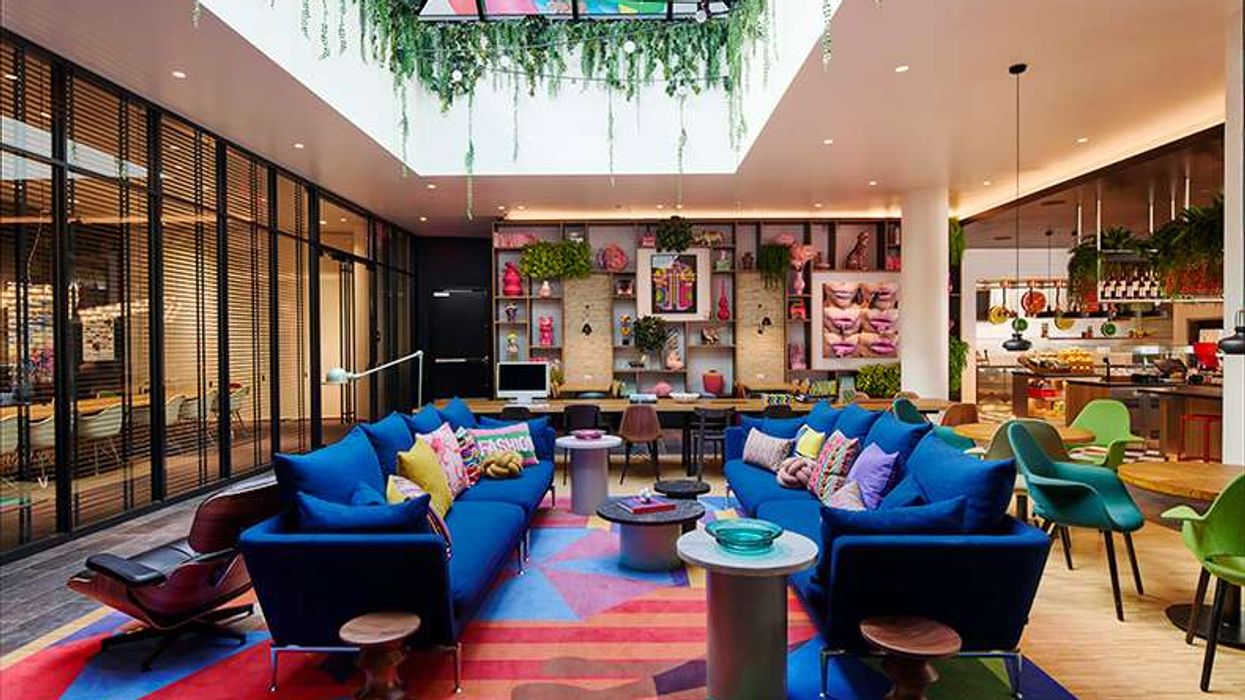OCCUPANCY REMAINED FLAT one week after the July 4 holiday weekend while room rates went down, according to STR. As in previous weeks, a drive-to market saw the highest occupancy.
Occupancy for the week ended at 45.9 percent, nearly the same as the previous week’s 45.6 percent and down 38 percent from the same time period last year. ADR reached $97.33, down from $101.36 during the previous week and 26.8 percent lower than the previous year. RevPAR also dropped from the prior week, from $46.21 to $44.67 and down 54.6 percent from last year.
Following a trend, occupancy for STR’s top 25 markets together was lower than the national average, ending at 39.2 percent. ADR for the top 25 also came in lower at $96.69.
Norfolk/Virginia Beach, Virginia, was the only one of the major markets to beat 60 percent occupancy, ending at 60.4 percent. Detroit with 54.9 percent and Atlanta with 50.1 percent were the other two markets to exceed 50 percent occupancy.
At 19.1 percent, Oahu Island, Hawaii, once again had the lowest occupancy of the top markets, followed by Boston at 28.6 percent and Orlando, Florida, at 28.9 percent. New York City occupancy was 37 percent, down from 40.1 percent the week prior. In Seattle, Washington, occupancy was 32.4 percent, virtually flat from the previous week.
A spike in COVID-19 cases in several states dragged down the July 4 weekend performance after many states rolled back their economic opening plans.












